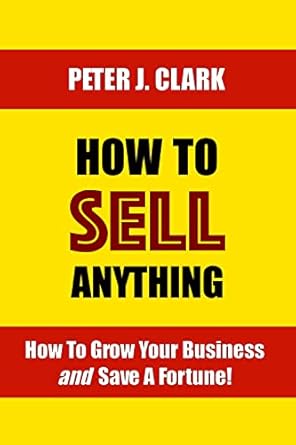Seven Keys to a Marketing-Integrated Contact Centre
In a customer centric business, the contact centre should be working in perfect harmony with the overall marketing strategy, according to David Ford, managing director for Magnetic North. But how do you achieve that kind of alignment?
There are many strategies that can be deployed to ensure your contact centre and marketing departments work together more closely.
Today's contact centre technology is much more flexible than traditional systems, which is now enabling the contact centre to adopt marketing led strategies, so the two disciplines should be able to start working in synergy. For example:
- Customisable call flows and scripts
Multichannel is the big buzzword for both contact centres and marketing. And for both disciplines, the challenge is the same. It is not just a case of making use of all these channels to communicate with customers; you must also know how and when to use each channel, and tailor your use of them to your customers. The ability to easily customise call scripts means it is possible to combine marketing and customer communications without calling in the IT department. By using a simple 'drag and drop' call flow system it is possible to build or update the conversation flow 'on the fly'. This makes it very easy to adapt and test call scripts in the same way marketers might adapt and test marketing messages in email, web or other channels. Why not run A/B tests on your agent's scripts to see which prove to be most effective? - Analytics
Accurate and up-to-date contact centre analytics can tell you how your marketing programme or customer service is really performing. Access to analytics is essential for sound decision-making, based on an informed understanding of customer behaviour and response over time. Using a system with real-time analytics tools allows you to track efficiency, allowing you to constantly adapt and evolve a better strategy. Employing the analytics needed to apply A/B testing to your call strategies as efficiently as you do your email marketing can create a more personalised, integrated customer experience as well as potentially improving sales and revenue. - Call recording and quality monitoring
For the 'qualitative' aspects of analysis, it is important to understand how well your marketing messages are being communicated on a one-on-one basis with your customers. Today's performance management tools can give you an insight into the quality versus quantity equation, providing access to recorded interactions as well as providing an integrated view of key metrics across all contact centre channels, whether that is voice, chat, email, or social. You should have a system that allows you to create tailored scoring templates with the facility to analyse, replay, grade, annotate and report on transactions for use in coaching, training and one to one agent sessions. - Multichannel functionality
In today's multichannel world you need a solution that provides an integrated view of your contact centre channels. Nowadays, customers expect you to respond to them in a variety of different ways and on their terms, whether it's voice, email, web chat or social media. Multichannel capability is one step toward serving customers on the channel best for them - CRM integration is another. But multichannel capability must work on the agent end too; a unified application that allows agents to manage the various channels without having to switch screens enables this. - CRM integration
Your CRM is vital in bridging the gap between your marketing and customer service channels. It's important that your company offers a seamless experience as customers move from channel to channel to complete activities. A CRM's primary purpose is to organise, track and manage all of your customer information, activities and conversations. Marketing and customer service will use the CRM in different ways: marketing to segment for messaging and communications; customer service to provide bang up-to-date customer information for agent reference. But both need good data, which will be even better if both disciplines are inputting to the same database. - Social media integration
The question of whether social media is a marketing or customer service channel still lingers. The answer, of course, is that it is both. With no boundary between marketing and customer service on social media channels, integration is indispensable. Social media channels should be integrated into the contact centre so that employees can respond from within the agent desktop and switch between channels where appropriate. With the right agent training, this can help to improve customer response times as well as brand image. - Contact blending
Capability for a blended contact strategy is key to effectively managing inbound and outbound calls, giving you the agility your business needs. Call blending gives the ability to deliver both inbound and outbound calls seamlessly to the agent, automatically regulating outbound call volume based on inbound traffic. Otherwise when the inbound call volumes rise, customer service can begin to slip unless you can flex resource to cope. It should also allow you to use what might otherwise be 'dead time' to carry out customer satisfaction calls, surveys, upsell/cross-sell calls which will serve to increase the value customers perceive in the relationship that they have with your company. In addition to this being a better way to manage contact centre resource, it makes it easier for the contact centre to respond and react to marketing activity. For example, if a new online or TV campaign suddenly drives additional traffic to your contact centre, it is vital you can direct resource to manage appropriately to generate maximum return from your marketing investment.
To learn more about how to integrate marketing and customer service, download Magnetic North has published this guide and additional information in its 'Marketing led contact centre manifesto', click here.
Sources: Magnetic North / The Marketing Factbook.
Copyright © 2015 - 2025 The Marketing Factbook.
Categorised as:
- Customer Experience
- Knowing The Customer
- Marketing Know-How
- Marketing Technology
